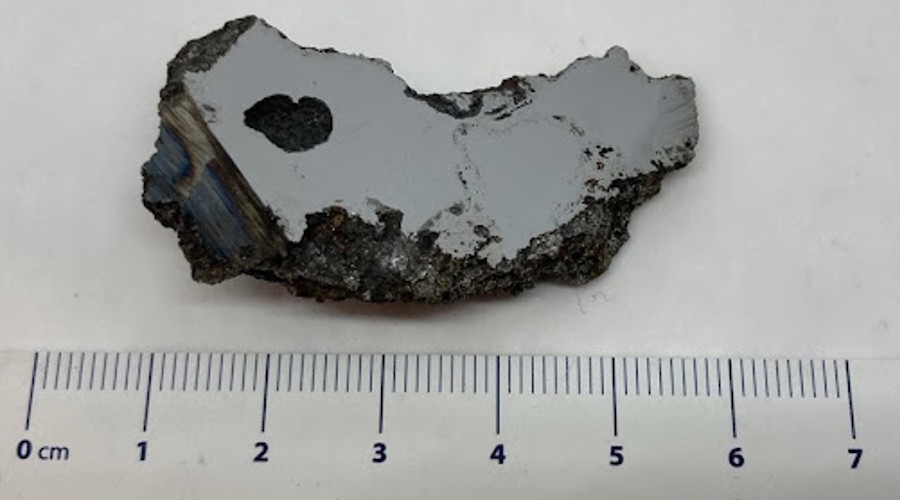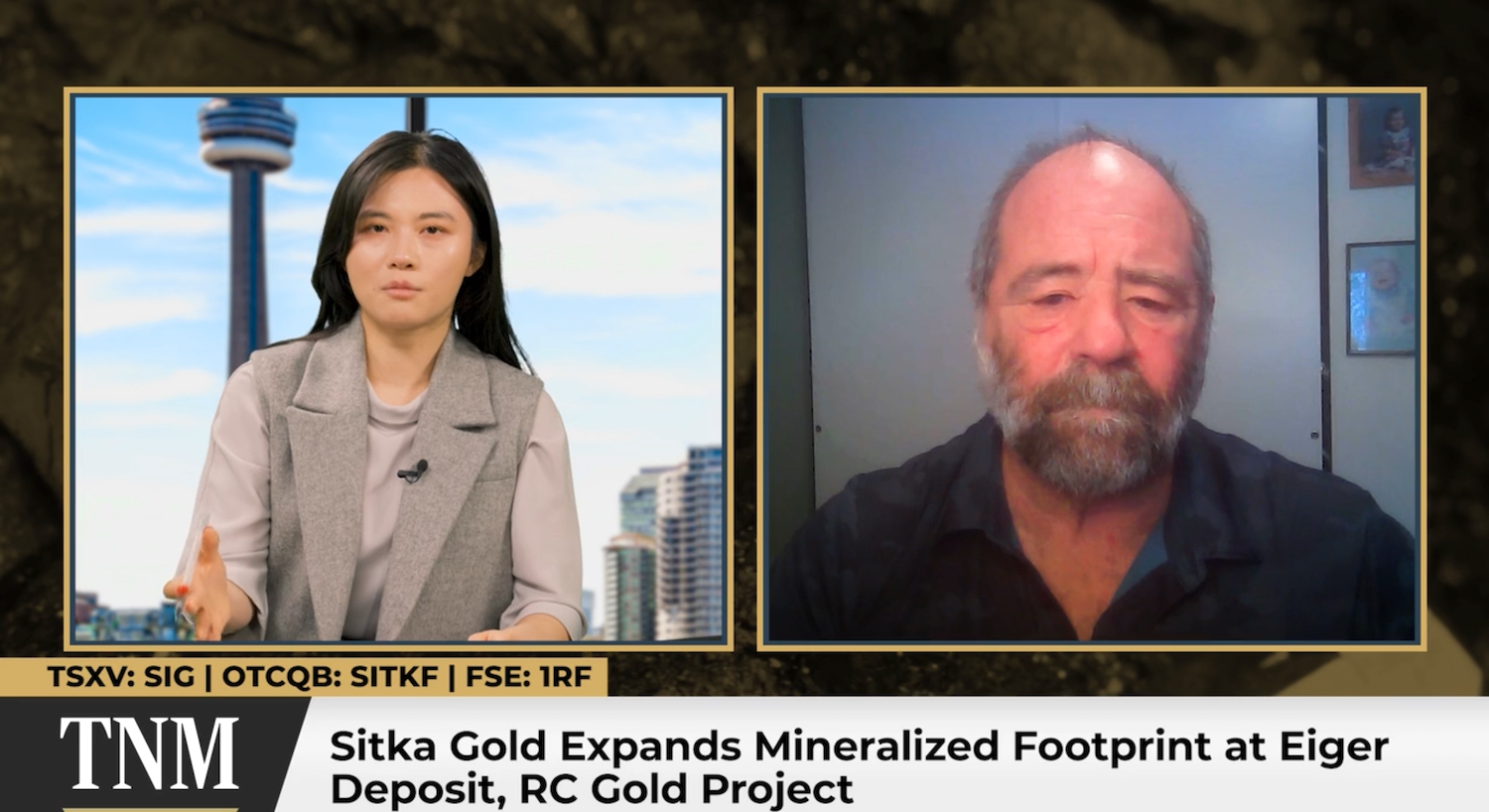“Whenever you find a new mineral, it means that the geological conditions, the chemistry of the rock, was different than what’s been found before,” Chris Herd, curator of the University of Alberta’s Meteorite Collection, said in a media statement. “That’s what makes this exciting. In this particular meteorite, you have two officially described minerals that are new to science.”
The new minerals – named elaliite and elkinstantonite – were identified rapidly by Andrew Locock, head of the university’s Electron Microprobe Laboratory, because each had been synthetically created before.
Elaliite is named after the meteorite itself, dubbed the “El Ali” meteorite because it was found near El Ali, in Somalia. Herd named the second mineral after distinguished planetary scientist Lindy Elkins-Tanton, due to her work exploring how the cores of planets are formed.
The research, conducted in collaboration with UCLA and the California Institute of Technology, suggests that if the scientist can obtain more samples, even more minerals may be found.
The problem is that the future of the meteorite is uncertain. Researchers say it appears to have been moved to China, so it remains to be seen whether additional samples will be available for scientific purposes.
For the time being, the team continues to examine the minerals to determine what they can share about the conditions in the meteorite when it formed. Herd also noted that any new mineral discoveries could yield exciting new uses down the line.
“Whenever there’s a new material that’s known, material scientists are interested too because of the potential uses in a wide range of things in society,” he said.




